Rising Adoption in Medical Imaging
The Spatial Light Modulator Market is witnessing a notable increase in the adoption of spatial light modulators in medical imaging applications. These devices are utilized in advanced imaging techniques such as optical coherence tomography (OCT) and digital holography, which are essential for non-invasive diagnostics. The demand for high-resolution imaging in healthcare is driving the growth of this segment, with the market for medical imaging projected to reach substantial figures in the next few years. The integration of spatial light modulators enhances image clarity and precision, thereby improving diagnostic capabilities. As healthcare providers seek to adopt more sophisticated imaging technologies, the Spatial Light Modulator Market is poised for significant expansion in this domain.
Growth in Automotive Display Technologies
The Spatial Light Modulator Market is experiencing growth driven by advancements in automotive display technologies. As vehicles become more technologically advanced, the need for high-quality displays in dashboards, infotainment systems, and heads-up displays is increasing. Spatial light modulators play a crucial role in enhancing the visual experience for drivers and passengers alike. The automotive display market is projected to grow significantly, with estimates indicating a CAGR of around 8% over the next few years. This growth is fueled by the rising demand for smart vehicles and the integration of advanced driver-assistance systems (ADAS). Consequently, the Spatial Light Modulator Market is likely to expand as automotive manufacturers seek to incorporate these technologies into their vehicles.
Expansion in Augmented and Virtual Reality
The Spatial Light Modulator Market is benefiting from the rapid expansion of augmented reality (AR) and virtual reality (VR) applications. These technologies require high-performance spatial light modulators to create immersive experiences for users. The demand for AR and VR in gaming, training simulations, and educational tools is increasing, with market analysts predicting a robust growth trajectory. The spatial light modulators facilitate the rendering of high-quality images and dynamic content, which are essential for user engagement. As companies invest in AR and VR technologies, the Spatial Light Modulator Market is likely to see a corresponding rise in demand, potentially leading to new product developments and innovations.
Technological Innovations in Display Systems
The Spatial Light Modulator Market is experiencing a surge in technological innovations, particularly in display systems. Advancements in liquid crystal on silicon (LCoS) and digital micromirror device (DMD) technologies are enhancing the performance and efficiency of spatial light modulators. These innovations enable higher resolution displays and improved image quality, which are crucial for applications in projectors, televisions, and virtual reality systems. The market for high-definition displays is projected to grow significantly, with estimates suggesting a compound annual growth rate (CAGR) of over 10% in the coming years. As manufacturers continue to invest in research and development, the Spatial Light Modulator Market is likely to benefit from these cutting-edge technologies, leading to increased adoption across various sectors.
Increased Investment in Research and Development
The Spatial Light Modulator Market is witnessing increased investment in research and development, which is crucial for driving innovation and enhancing product offerings. Companies are focusing on developing next-generation spatial light modulators that offer improved performance, energy efficiency, and cost-effectiveness. This trend is particularly evident in sectors such as telecommunications, where high-speed data transmission requires advanced modulation techniques. The investment in R&D is expected to yield new applications and technologies, thereby expanding the market. As competition intensifies, companies that prioritize innovation in the Spatial Light Modulator Market are likely to gain a competitive edge, leading to further growth opportunities.
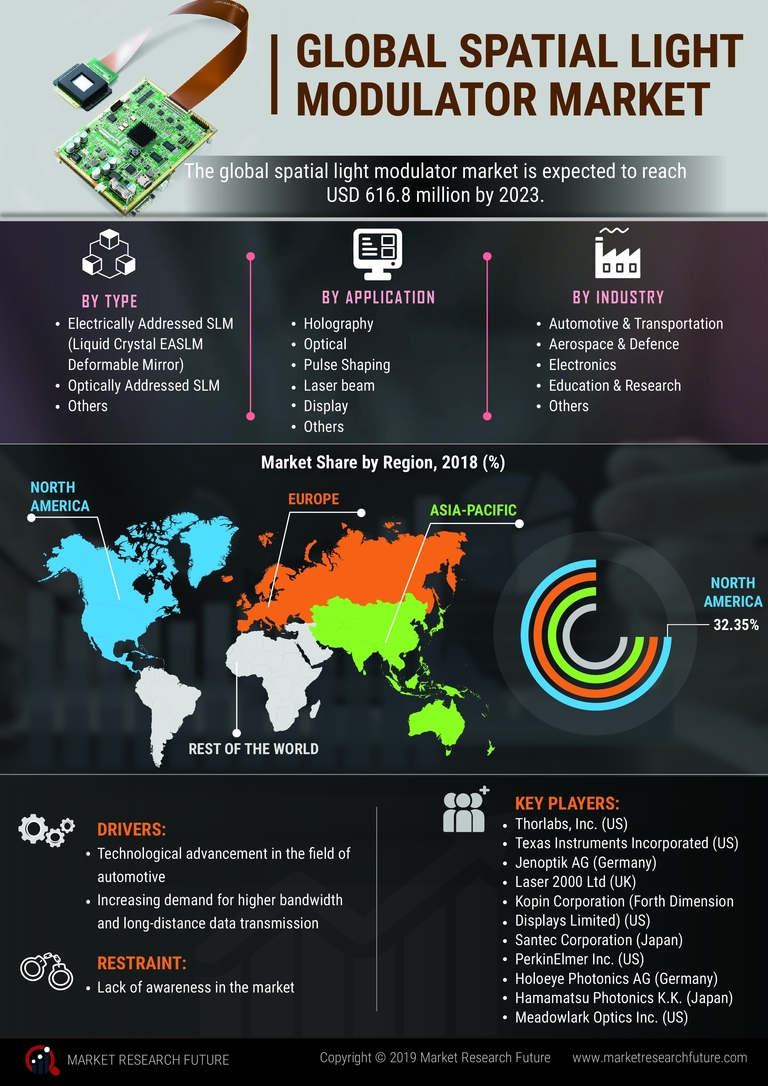
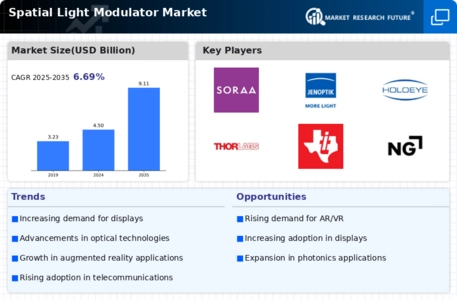
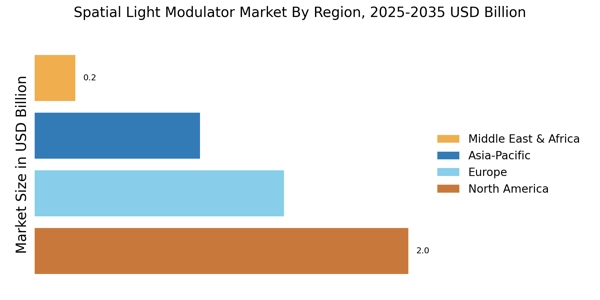
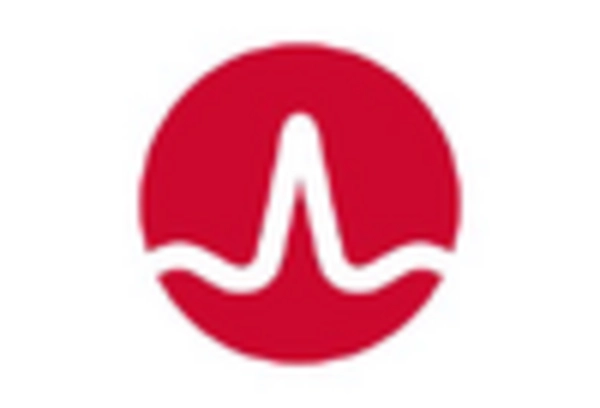
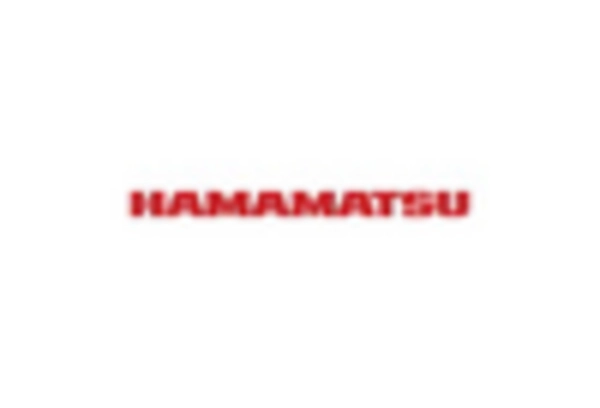


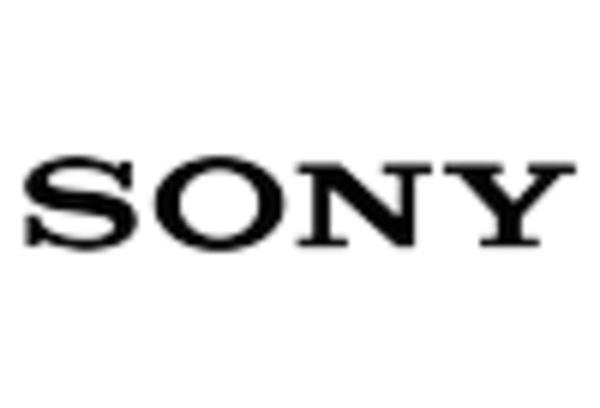









Leave a Comment